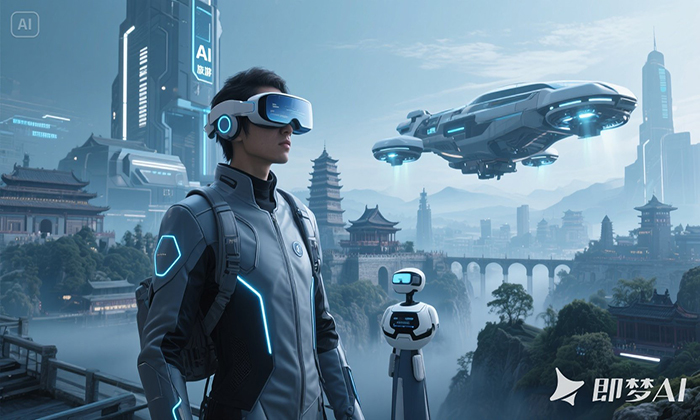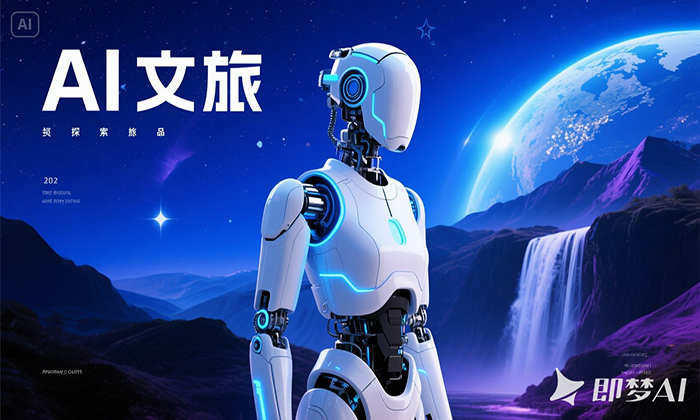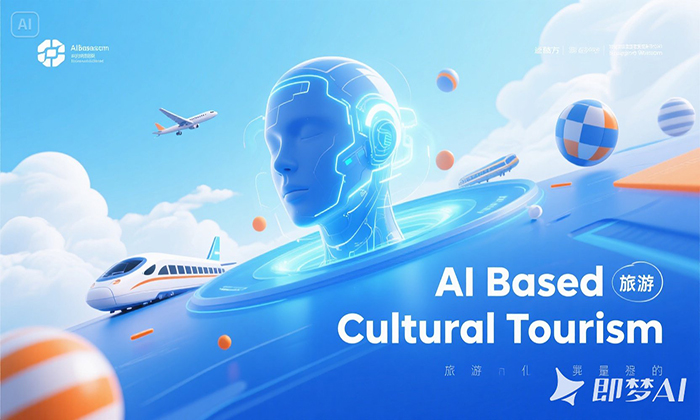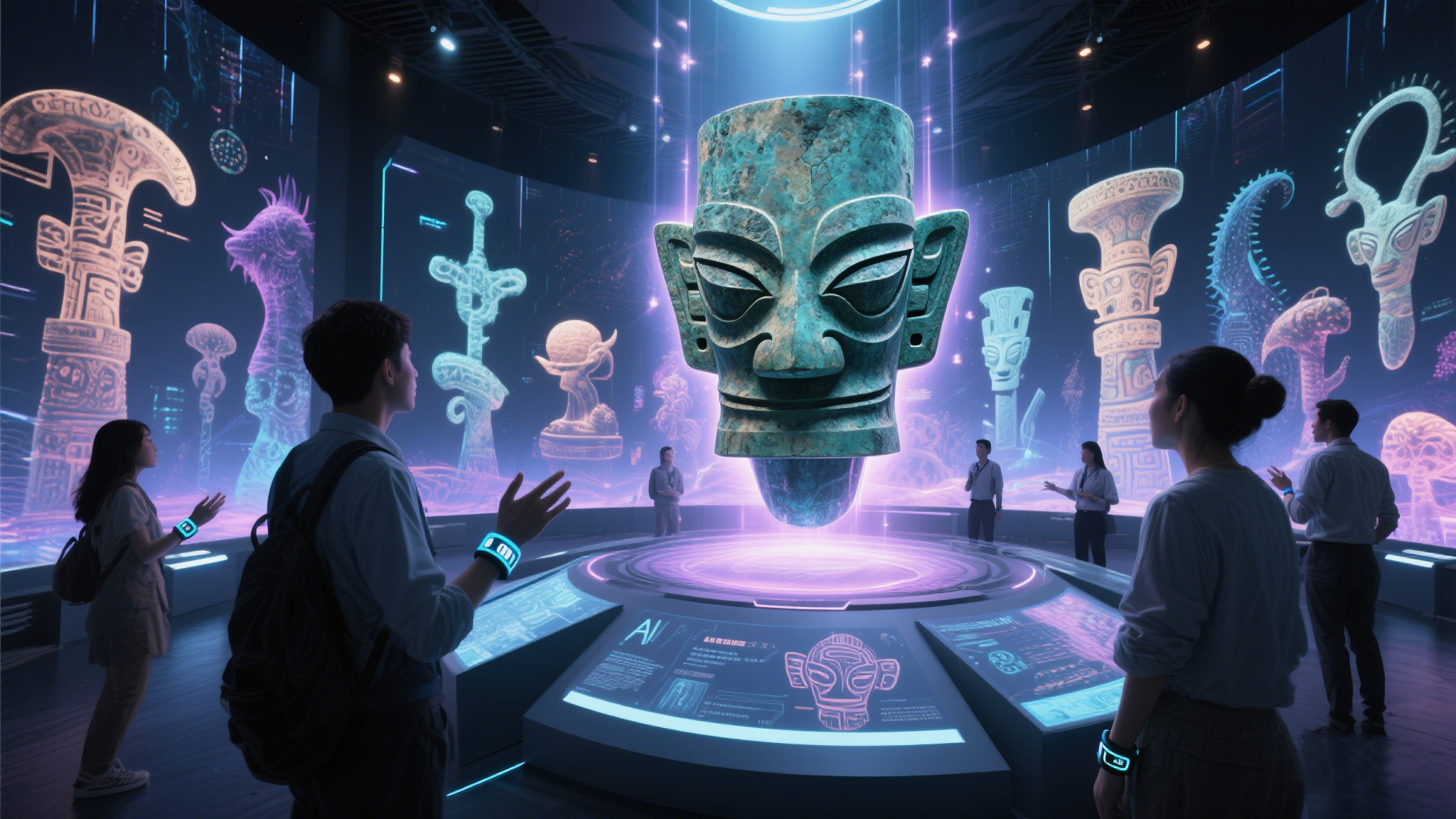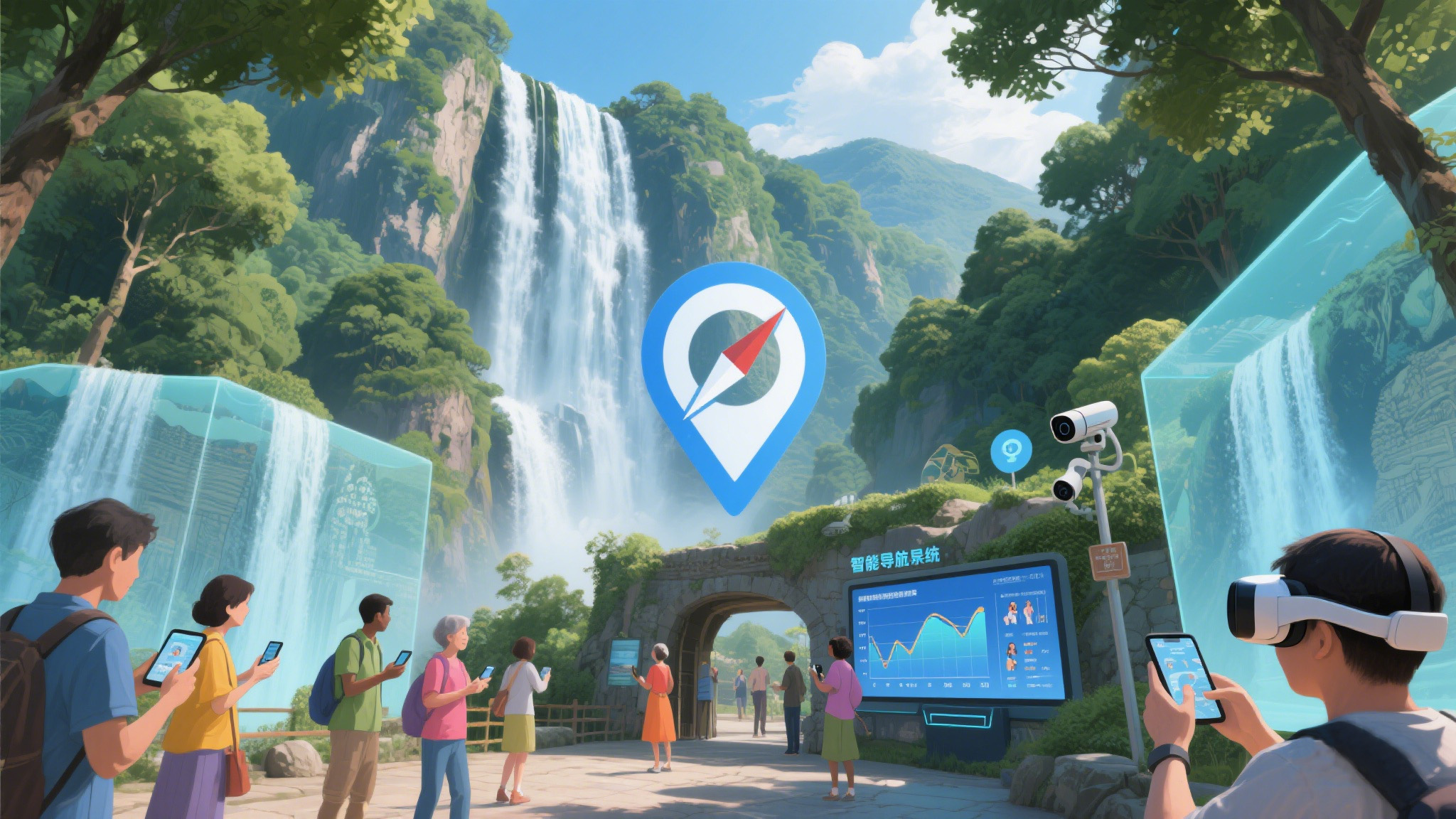How the advent of AI can help with holiday travel
单涡轮马猴烧酒 2025-05-20
The advent of AI has brought convenience and enhancement to holiday travel in many ways, from itinerary planning to experience optimization, and even cost savings
1. Intelligent Itinerary Planning and Customization
- Personalized Route Recommendations
AI generates customized itineraries by analyzing users’ historical search records, preference tags (e.g., natural scenery, cultural heritage, family activities), and real-time data. For example, entering "3-day Hangzhou tour," AI might recommend a personalized route like "West Lake cycling → Longjing Village tea tasting → Songcheng 千古情 (Song City Eternal Love Show)" based on season and crowd forecasts at popular attractions. - Dynamic Itinerary Adjustments
In case of sudden changes like bad weather or temporary scenic spot closures, AI systems automatically optimize schedules—such as replacing outdoor sites with indoor museums and re-planning transportation routes. - Smart Budget Allocation
AI balances expenses for accommodation, dining, and transportation according to users’ budget settings—for instance, recommending cost-effective hotels or non-peak travel tickets.
2. Intelligent Booking and Resource Management
- Cross-Platform Price Comparison and Smart Booking
AI tools fetch real-time price data from multiple platforms for flights, hotels, and tickets, automatically comparing options to suggest the best deals. For example, they might alert users, "Current flight price is lower than 80% of historical data—book now," 30 days in advance. - Dynamic Inventory Management
Scenic spots use AI-driven passenger flow prediction models to adjust ticket inventory in real time, avoiding sold-out peaks or off-season waste. Some attractions even offer "AI booking assistants" to monitor ticket availability and secure reservations for users. - Smart Accommodation Matching
Based on user preferences (e.g., "near subway, breakfast included, pet-friendly"), AI algorithms quickly filter hotels and display analyzed real reviews (e.g., "90% of users praised the bedding comfort").
3. Intelligent Guiding and Immersive Experiences
- Multilingual Smart Tour Guides
Using speech recognition and NLP (Natural Language Processing), AI guides provide real-time voice explanations in multiple languages. For example, scanning a QR code at the Terracotta Warriors, users can hear English descriptions of historical backgrounds or even interactive "digital resurrection" simulations of the warriors. - Pre-Trip AR/VR Virtual Previews
Users can "preview" attractions via AI-powered VR before departure—such as "climbing" Mount Tai to watch the sunrise or "diving" into an underwater world to observe coral reefs—helping them decide if a visit is worthwhile. - Real-Time Navigation and Crowd Avoidance
AI maps recommend congestion-free routes using real-time traffic data and indicate crowd density at popular spots within attractions (e.g., "Peak crowd at the mountain top—suggest visiting mid-level sites first").
4. Intelligent Services and Safety Assurance
- 24/7 Smart Customer Service
AI chatbots on travel platforms instantly answer user questions about refund policies, attraction guidelines, etc., and even handle urgent requests like lost luggage or document replacement through image recognition. - Health and Safety Monitoring
AI analyzes data on destination weather, epidemics, and geological hazards to issue early warnings. For example, it might notify coastal travelers to adjust plans before a typhoon and assist with rescheduling, or monitor oxygen levels in high-altitude areas to prevent altitude sickness. - Personalized Care Services
AI customizes services for special groups like elderly or disabled travelers—e.g., voice-guided tours with braille maps for visually impaired users or "slow-paced itineraries with barrier-free hotels" for seniors.
5. Data-Driven Experience Optimization
- User Feedback Analysis and Improvement
Attractions use AI to analyze visitor reviews (e.g., "expensive and poor-tasting food," "insufficient restrooms") and improve services—such as introducing chain restaurants or adding smart mobile toilets. - Digital Preservation and Display of Cultural Heritage
AI replicates historic sites (e.g., Dunhuang Mogao Grottoes) via 3D scanning, allowing virtual tours to reduce physical wear and tear. Combined with AI storytelling, it brings historical narratives to life.
6. Innovative Social Sharing
- AI-Generated Travel Vlogs
AI automatically edits users’ photos and videos with subtitles, music, and special effects, creating personalized travel shorts to solve the "editing dilemma." - Virtual Social Interaction
AI matches travelers with shared interests, creating "tour groups"—e.g., hikers can form teams via apps or interact virtually with locals for niche travel tips.
Future Trends: Deep Integration of AI and Tourism
- Generative AI Enabling "Metaverse Tourism"
Users can describe desired experiences (e.g., "medieval European town") in natural language, and AI will instantly generate virtual scenes for "traveling the world from home." - AI-Driven Sustainable Tourism
Carbon footprint calculation models will recommend low-carbon travel options (e.g., public transport + bike rentals), aiding attractions in green operations.







